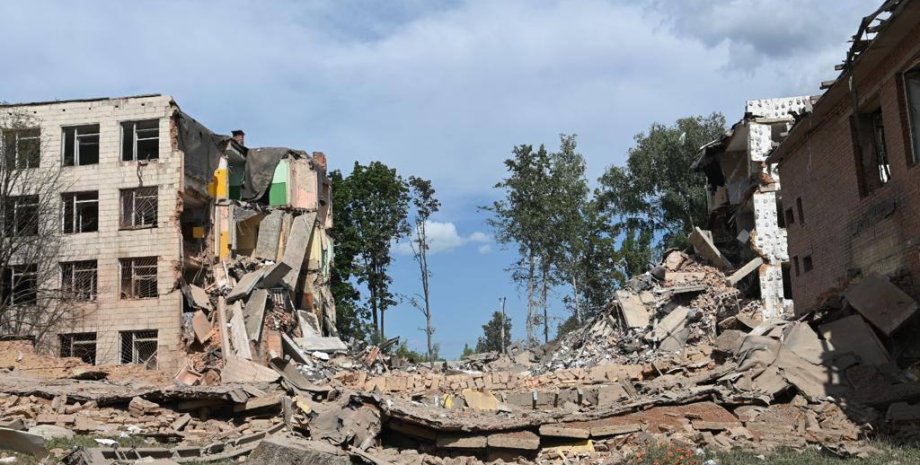
In the video, you can see with your own eyes the work of archaeologists who release things with a two -thousand years of history from the soil. Historical artifacts were found on the Primorsky Boulevard directly under the Duke monument at a depth of about 1. 5 m, said the rector of the university Andrei Krasnozon on Facebook. On the published photos - excavations with orientation sizes 3 by 10 meters. Archaeologists have found Scythian ceramics, amphora of V century.
BC, hewn stones, which can be parts of the fortress of Hadzhibei. In the TSN plot - a conversation with people who worked in the center of Odessa for several days and showed that the city has a longer history than the Russians declare. On the portal "Dumskaya" said that excavations in Odessa began on June 25 and are conducted by specialists of the University of Ushinsky and the Institute of Archeology of the NAS of Ukraine.
Krasnojon explained that in 2021, a georadar survey was made on the Primorsky Boulevard for communications. At the same time found anomalous areas that could not be associated with the present. In 2025, the survey was repeated and decided to look under the Duke monument established during the Russian Empire in 1826. Archaeologists removed the top layer of soil and first found a dense stripping (packing under paving). When they went on, they found things that from 600 to 2 thousand years.
According to the rector, it is "a separate reason for discussions. " At the site of the excavations were found the hewn stones weighing 60 kg and the remains of capitals (tops of columns). In addition, they found a cup of Genoese period (14th century) - that is, the settlement was earlier than the Hadzhibay fortress. The media interlocutor suggested that it was a "Italian Factor of Dit. " At the same time, they saw another artifact - the fragments of the Red -Lava bowl of ancient Rome.
"It was still believed that on the site of Odessa in antiquity there was a Greek settlement of the V -III century BC. The rector also explained that the remains of the fortress found will help to find out where it is located. Excavations are the south of the Duke monument. According to archaeologists, there were really defensive walls, and people lived in the Potemkin stairs, between Cape and Yar.
"Perhaps [we take another step] to the answer to the question where the legendary fortress of Hadzhibei was," the rector summed up. Odesa is a Ukrainian city that is almost daily fired by the Armed Forces of the Russian Federation, starting from the first days of a full -scale invasion. The first settlements of colonists from Rome and Greece in the southern lands of Ukraine appeared in the first centuries BC.
In the 14th century, the Grand Duchy of Lithuania built a fortress of Kotsyubiyev here, which later the Ottoman Empire renamed the fortress of Hadzhibey. When the Russian Empire occupied the Black Sea, it built the city of Odesa (1794) here and assured that there was nothing there before. It should be noted that on July 3, the Armed Forces of the Russian Federation hit Odessa "forbidden rocket".










All rights reserved IN-Ukraine.info - 2022